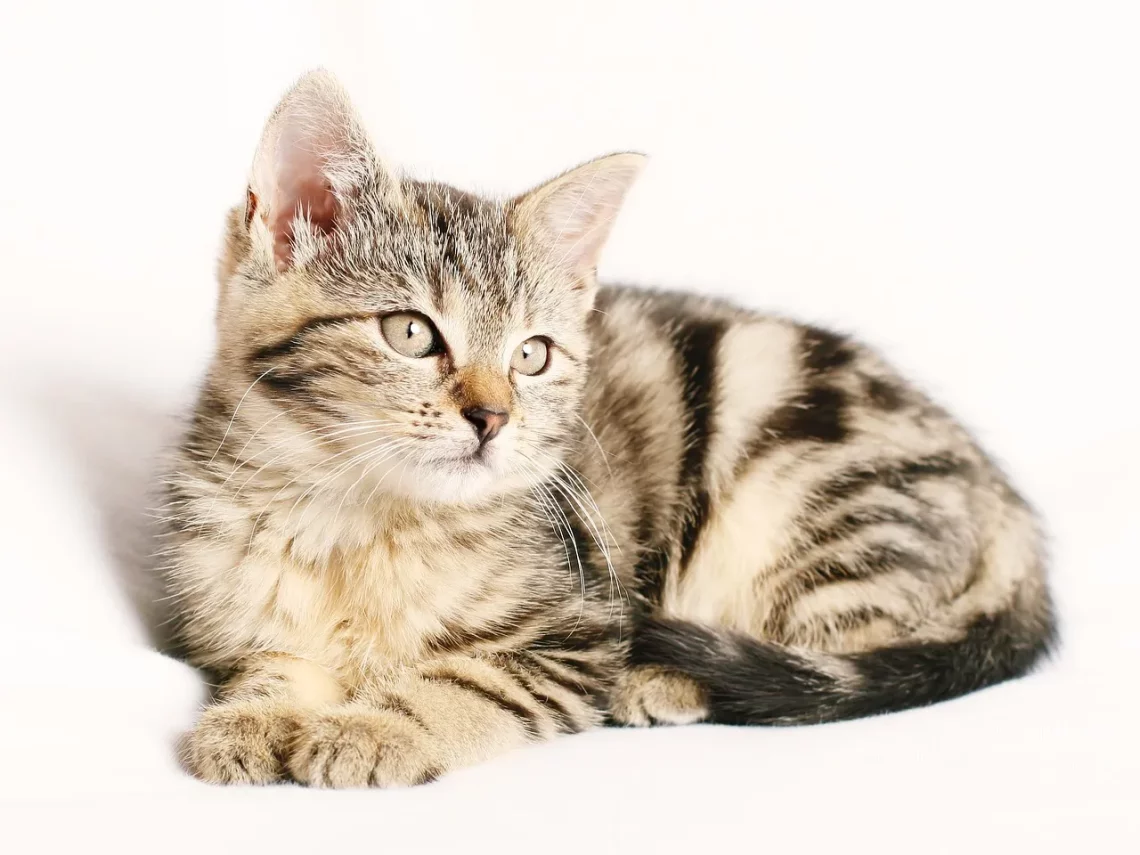
How to Keep Your Cat’s Ears Warm and Healthy in Any Season
Keeping your cat’s ears warm and healthy is essential for their overall well-being, as these delicate structures play a significant role in their sensory perception and communication. Cats have highly sensitive ears that are not only crucial for hearing but also for regulating body temperature. Understanding how to protect and care for your feline friend’s ears is vital, particularly as the weather changes.
Whether it’s the biting cold of winter, the sweltering heat of summer, or the unpredictable swings of spring and autumn, each season brings its own challenges. Just like humans, cats can experience discomfort or health issues related to temperature extremes. In addition to temperature regulation, maintaining ear hygiene is critical to prevent infections and other health issues. Regular checks and proper care can go a long way in ensuring your cat’s ears remain healthy and comfortable throughout the year.
This article aims to provide you with valuable insights and practical tips on how to keep your cat’s ears warm and healthy, safeguarding them against the elements while promoting their overall health and happiness.
Understanding Your Cat’s Ear Anatomy
To effectively care for your cat’s ears, it is essential to understand their anatomy and how it functions. A cat’s ear comprises several parts: the outer ear, the middle ear, and the inner ear. The outer ear, or pinna, is the visible part that helps capture sound waves. It is shaped in a way that allows cats to pinpoint the direction of sounds, which is crucial for their hunting instincts.
The middle ear contains the eardrum and three tiny bones that help transmit sound vibrations to the inner ear. The inner ear is responsible for balance and contains structures that help cats maintain their equilibrium. This intricate design allows cats to hear sounds at much higher frequencies than humans, making their ears incredibly important for their daily lives.
Given this complexity, any issues with your cat’s ears can lead to significant discomfort or even health problems. For instance, if the outer ear becomes too cold or wet, it can lead to infections or other ailments. Therefore, it’s vital to regularly check your cat’s ears for any signs of redness, wax buildup, or unusual odors, which could indicate underlying issues.
Regular grooming is also beneficial for maintaining ear health. Brush your cat’s fur to minimize debris and dander that can accumulate in their ears. Using a damp cloth, gently wipe the outer ear to keep it clean. It’s advisable to consult your veterinarian for specific cleaning instructions and to determine how often this should be done based on your cat’s lifestyle and breed.
In summary, understanding the anatomy of your cat’s ears is the first step in ensuring their health. By being aware of how these structures work, you can take proactive measures to protect them from temperature extremes and potential health issues.
Seasonal Care Tips for Your Cat’s Ears
Each season presents unique challenges for your cat’s ear health, and knowing how to adjust your care routine accordingly can make a substantial difference. In winter, the cold weather can lead to ear discomfort or even frostbite, especially in outdoor cats or those with less fur. Ensure your cat has a warm, cozy place to rest indoors, away from drafts. If your cat enjoys spending time outside, consider providing a heated shelter or a warm blanket to snuggle in.
During the summer months, heat can be a concern. Cats can overheat, which may lead to dehydration and other issues. Make sure they have access to cool, shaded areas and fresh water at all times. It’s also essential to check their ears for any signs of excessive moisture or wax buildup, which can occur more frequently in humid conditions.
In spring and autumn, the fluctuating temperatures can be tricky. One day may seem warm, while the next could be chilly. Monitor your cat’s behavior and adjust their environment accordingly. If you notice your cat spending more time outdoors during these transitional months, be vigilant about checking their ears for any signs of irritation or redness.
Additionally, consider investing in ear wraps or protective gear for outdoor adventures. These items can help keep your cat’s ears warm during colder months or shield them from excessive sun exposure in the summer. Always observe your cat’s reactions to these items and ensure they are comfortable wearing them.
By adapting your care routine to the specific challenges of each season, you can help maintain your cat’s ear health and overall well-being.
Signs of Ear Problems to Watch For
As a cat owner, being vigilant about your pet’s ear health is crucial. Several signs indicate potential ear problems, and recognizing them early can prevent serious issues. One of the most common signs is excessive scratching or rubbing of the ears. If your cat is frequently pawing at their ears or rubbing them against surfaces, this could indicate discomfort or irritation.
Another crucial sign to watch for is any discharge or unusual odor coming from the ears. Healthy ears should have little to no smell, and any foul odor can be a sign of infection. Similarly, if you notice any wax buildup or dirt in the ears, it’s essential to address the issue promptly.
Redness and swelling of the ear canal can also indicate an underlying problem, such as an infection or allergies. If you observe these symptoms, it’s a good idea to consult your veterinarian for a thorough examination. They can provide appropriate treatment and guidance to ensure your cat’s ears remain healthy.
Additionally, changes in behavior can signal ear issues. If your cat appears more withdrawn or agitated than usual, it may be due to discomfort caused by ear problems. Monitoring your cat’s behavior and being aware of any changes can help you catch potential issues early.
In summary, being aware of the signs of ear problems can help you take immediate action if your cat is experiencing issues. Regular check-ups and proactive care can significantly contribute to your cat’s well-being.
Maintaining Good Ear Hygiene
Good ear hygiene is fundamental to ensuring your cat’s ears stay healthy and free from infections. Regular cleaning can prevent the buildup of wax and debris, which can lead to discomfort and health issues. However, it’s essential to approach ear cleaning carefully and with the right techniques.
Start by gathering the necessary supplies, including a gentle cat-safe ear cleaner, cotton balls, and possibly some treats to reward your cat for their cooperation. Choose a quiet and comfortable space where your cat feels safe. This will help minimize stress during the cleaning process.
Begin by gently holding your cat’s head and applying a few drops of the ear cleaner into the ear canal. Massage the base of the ear for about 30 seconds to help the cleaner break down wax and debris. Follow this up by allowing your cat to shake their head, which will help dislodge any excess fluid.
Afterward, use a cotton ball to wipe away any visible debris from the outer ear. Be cautious not to insert anything deep into the ear canal, as this can cause damage. If you encounter significant wax buildup or any signs of irritation, consult your veterinarian for guidance on safe cleaning techniques and products.
Establishing a regular ear cleaning routine can contribute to your cat’s overall ear health. Depending on your cat’s breed and lifestyle, this may mean cleaning their ears every few weeks or as recommended by your veterinarian.
In conclusion, maintaining good ear hygiene is vital for your cat’s ear health. Regular cleaning and monitoring can prevent infections and promote overall well-being, ensuring your feline friend stays happy and healthy.
**Disclaimer:** This article is not intended as medical advice. If you have concerns about your cat’s ear health or notice any persistent issues, please consult your veterinarian for professional guidance.




